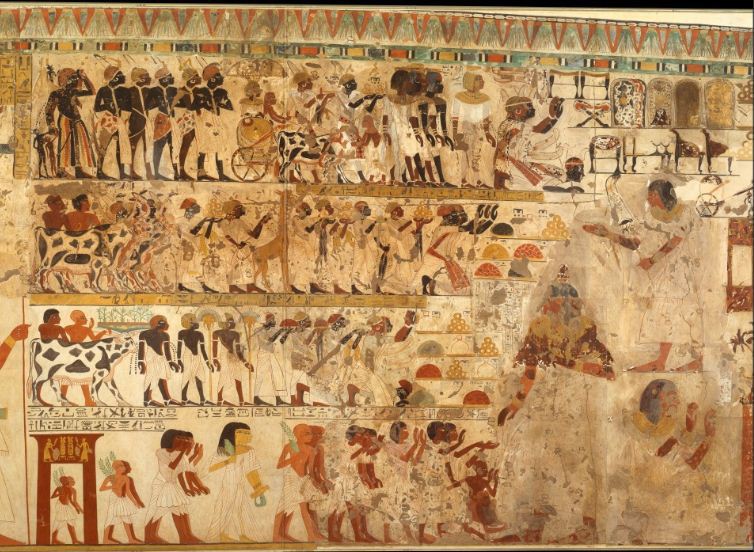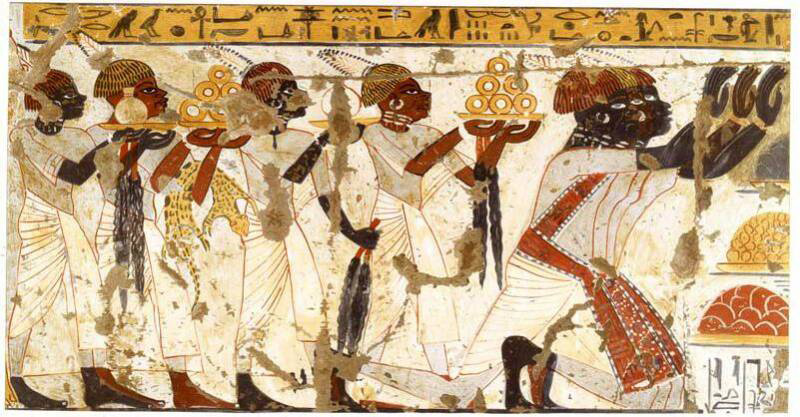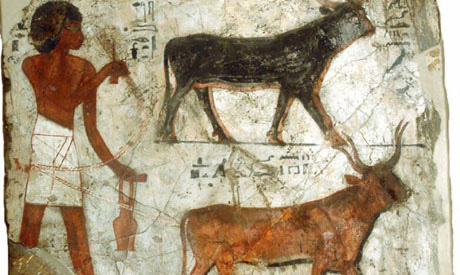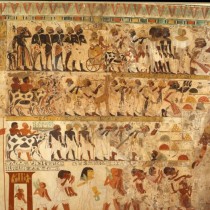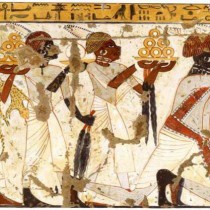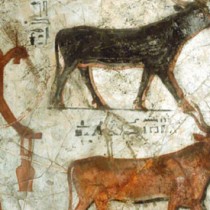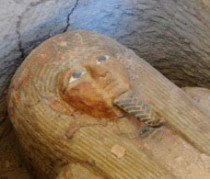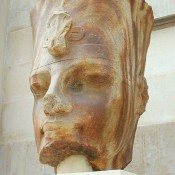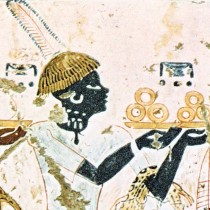After three years of restoration the tomb of Huy will be opened to the public in mid-December. The tomb of Amenhotep Huy, ruler of Lower Nubia Kush under king Tutankhamun, is famous for its colorful and detailed wall paintings.
The small tomb is located at Qurnet Marei on Luxor’s west bank. It consists of a court and a burial chamber.
The wall paintings
“The images depict figures painted in Nubian attire walking behind a chariot driven by a light brown figure, a black rider painted in traditional Nubian garb, and pulled by a cow. Walking before the chariot are more Nubian figure,” explained Aly El-Asfar, head of the central administration of Upper Egypt. “Hunting scenes similar to those found in Tutankhamun’s tomb are also depicted on walls as well as scenes showing Huy being greeted by high priests and among his family.”
Overseer of the Southern lands
Amenhotep, called Huy, was a viceroy of Nubia. The Lower Nubian Kush was a province of Egypt from the 16th century BC to eleventh century BC. During this period it was ruled by a viceroy who reported directly to the Egyptian Pharaoh. The viceroy was appointed directly by the Egyptian king and usually bore the titles “overseer of the southern lands” and “king’s son of Kush”. Huy would have been responsible for organizing construction on Tutankhamun’s behalf, as well as being responsible for military operations in the region of Nubia.
The project
Huy owned a tomb in the Theban necropolis. This tomb was unearthed in 1978. A multi-national team led by the Instituto de Estudios del Antiguo Egipto de Madrid and Dr Martin Valentin have been studying the architectural elements of the tomb since 2009. There is a website about the Vizier Amenhotep-Huy Project (in Spanish).
Conclusive evidence
In February 2014, Egypt’s Ministry of Antiquities announced that “conclusive evidence” was found that Akehnaten shared power with his father. The evidence came from the Huy tomb.
